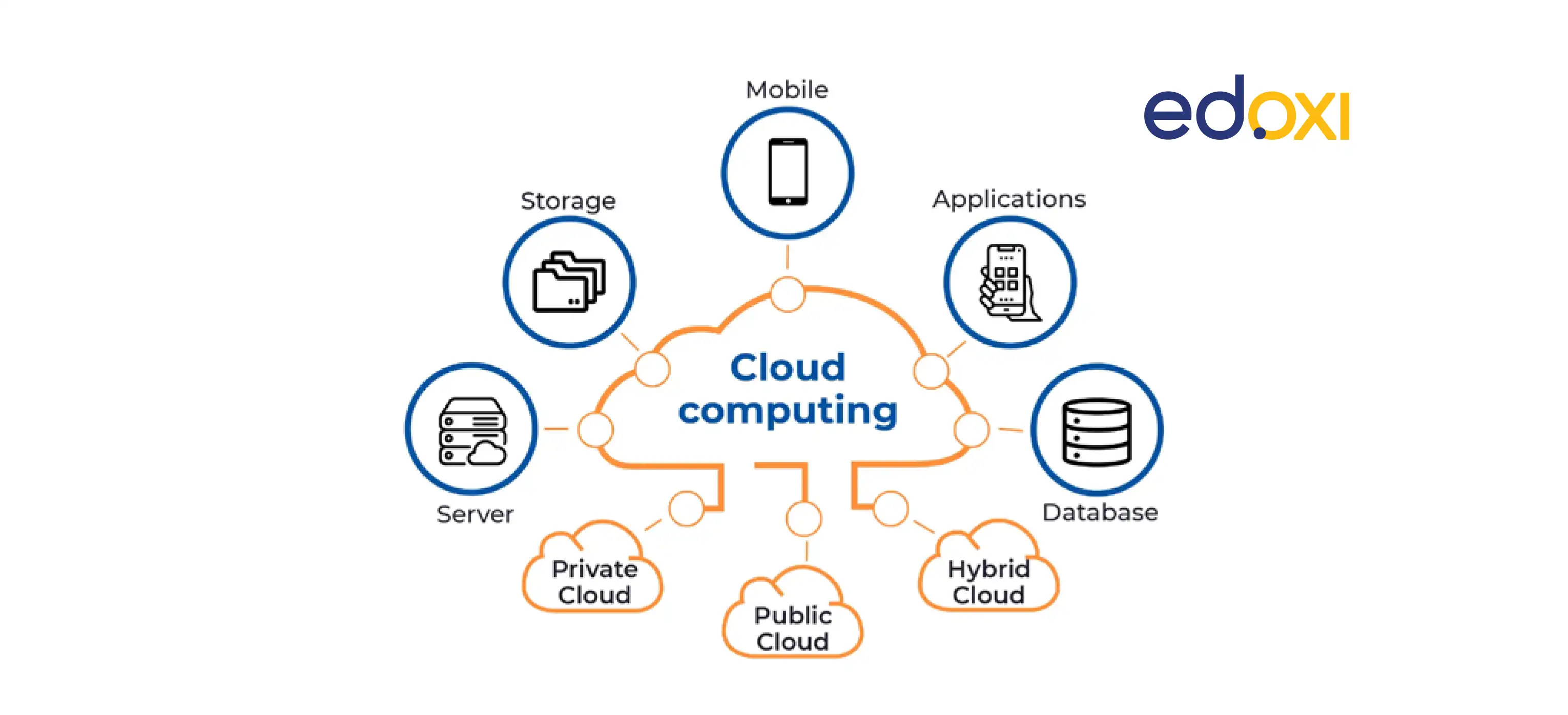LinkDaddy Cloud Services Mastery: Advanced Techniques for Efficient Cloud Services Press Release
LinkDaddy Cloud Services Mastery: Advanced Techniques for Efficient Cloud Services Press Release
Blog Article
Simplify Your Framework With Cloud Solutions
As organizations navigate the ever-evolving landscape of innovation and information administration, the duty of cloud solutions in streamlining framework has actually become increasingly noticeable. Exactly how can businesses successfully navigate this transition and really unlock the capacity of cloud services for simplifying their infrastructure?
Benefits of Cloud Solutions
Cloud services offer a streamlined strategy to handling IT infrastructure, offering services with cost-efficiency, versatility, and scalability. One of the vital benefits of cloud solutions is the scalability they provide.
In addition, cloud solutions remove the demand for services to purchase pricey software and hardware. This cost-efficiency is a significant benefit, specifically for tiny to medium-sized enterprises looking to minimize ahead of time expenses. By utilizing cloud solutions, companies can access premium IT resources without the substantial price associated with typical facilities arrangements.
Moreover, cloud services offer organizations with the flexibility to access their information and applications from anywhere with a net connection. This level of accessibility improves collaboration among teams, makes it possible for remote job, and increases total performance. The versatility supplied by cloud services equips businesses to adapt swiftly to changing market conditions and consumer needs.
Cost Cost Savings and Scalability
In addition to the operational benefits highlighted earlier, the assimilation of cloud services into a firm's facilities produces substantial cost financial savings and improved scalability. Cloud services provide a pay-as-you-go design, enabling organizations to scale resources up or down based upon current demands, thereby avoiding the expenses linked with preserving excess capability. This versatility makes it possible for companies to adapt promptly to changing needs without incurring unneeded expenditures.
Furthermore, cloud services remove the need for upfront financial investments in equipment and software program, lowering capital investment. Operating costs are also minimized as firms no more need to take care of and preserve physical servers, resulting in lower power intake and IT staffing prices. Furthermore, cloud services offer automatic updates and upkeep, ensuring that the infrastructure remains secure and updated without calling for hand-operated interventions.
Enhanced Protection Procedures
Applying rigorous security actions is extremely important when incorporating cloud solutions right into a business's facilities to make sure and secure delicate information compliance with industry policies. Cloud service carriers provide boosted safety and security attributes such as data encryption, firewall software protection, and multi-factor verification to mitigate cybersecurity threats.
Additionally, routine protection audits and compliance evaluations assist recognize susceptabilities and make sure adherence to industry standards. Firms can likewise benefit from attributes like automatic safety updates and real-time risk surveillance supplied by cloud provider. By prioritizing security procedures and staying positive in addressing prospective threats, services can confidently take advantage of cloud services while securing their valuable data from unapproved gain access to or violations.
Transitioning to Cloud Infrastructure
To efficiently integrate cloud services right into a business's framework, a structured technique that resolves the shift in the direction of cloud-based solutions is vital. Transitioning to shadow infrastructure includes mindful planning and execution to make sure a smooth movement procedure. The very first step is to analyze the present framework and identify which systems and applications are suitable for migration to the cloud. This assessment should think about elements such as data level of sensitivity, conformity requirements, and efficiency needs.
As soon as the analysis is total, a migration technique ought to be established. This technique ought to outline the timeline, resources, and responsibilities for relocating each part to the cloud. It is important to communicate this plan plainly to all stakeholders to make certain placement and lessen interruptions during the transition.
Throughout the movement surveillance, screening and procedure are crucial to identify and attend to any kind click for info of problems immediately. Routine checkpoints should be established to track progression and make needed modifications. Additionally, training for employees on utilizing cloud services ought to be offered to guarantee an effective change and maximize the benefits of the new facilities.
Finest Practices for Cloud Fostering
Effective adoption of cloud services pivots on the tactical placement of service objectives with technical abilities and organizational preparedness. To make certain a smooth shift to the cloud, companies ought to begin by conducting a thorough assessment of their present infrastructure and determining which work are best suited straight from the source for cloud movement. It is essential to entail key stakeholders from different divisions in the decision-making process to acquire buy-in and resolve any issues early on.
One more finest technique for cloud adoption is to prioritize protection and compliance. Organizations should carefully examine the protection steps supplied by cloud provider and guarantee that their data is shielded according to industry requirements and regulatory needs. Executing robust information file encryption, gain access to controls, and regular safety audits can aid mitigate risks related to cloud adoption.

Final Thought

As businesses browse the ever-evolving landscape visit this site right here of technology and information management, the duty of cloud solutions in simplifying framework has come to be increasingly famous - cloud services press release. Just how can companies successfully browse this transition and genuinely open the capacity of cloud solutions for simplifying their framework?
Cloud services offer a structured approach to handling IT facilities, giving services with adaptability, cost-efficiency, and scalability. By using cloud services, businesses can access premium IT resources without the substantial rate tag linked with standard facilities setups.
To guarantee a smooth transition to the cloud, organizations ought to start by performing a detailed evaluation of their existing infrastructure and identifying which workloads are best fit for cloud migration.
Report this page